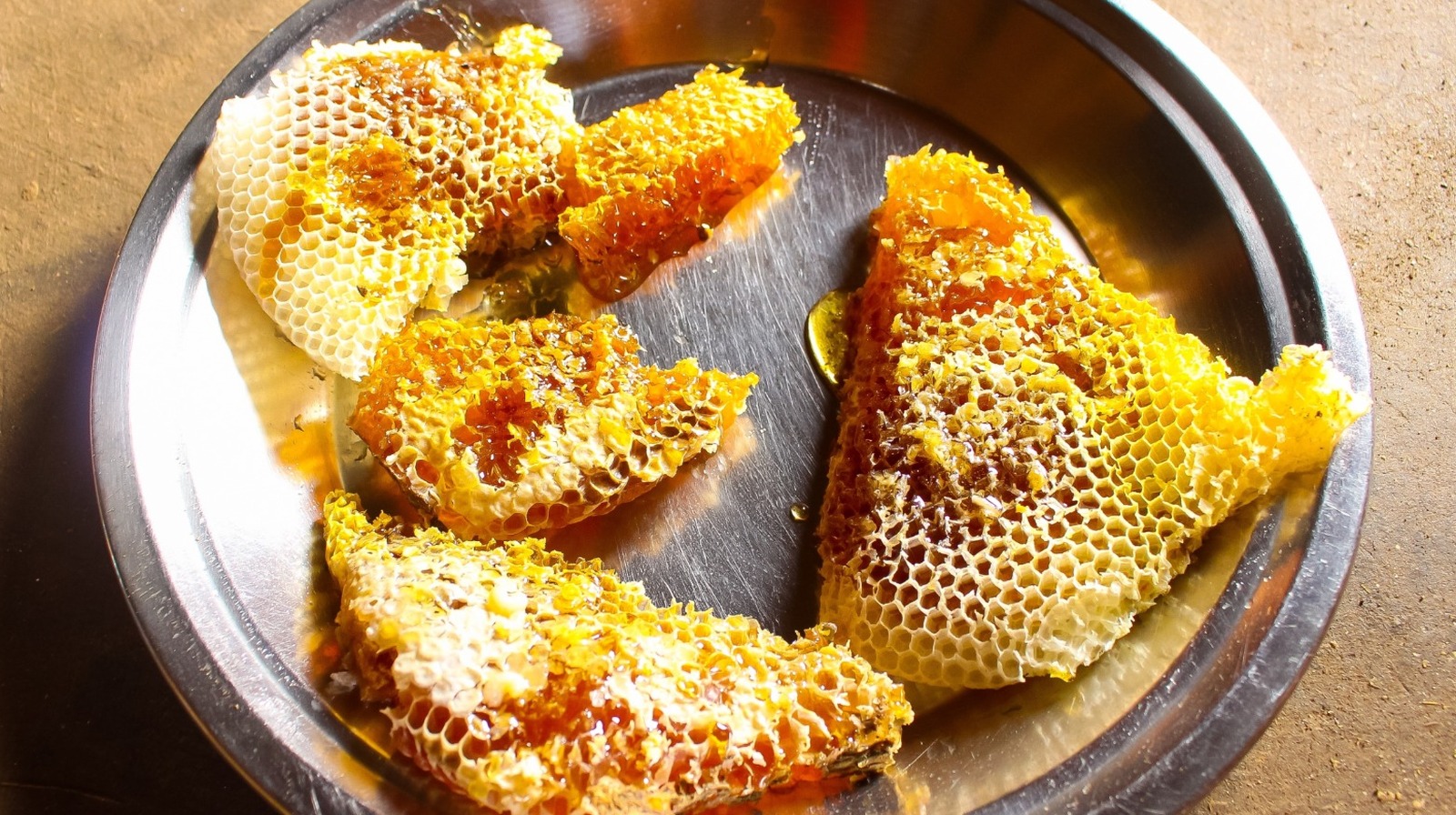
When it comes to "natural things you can consume that make you hallucinate," mushrooms have had the market cornered for a long time. There's ayahuasca, sure, but that's probably too rich for most people's blood, to say nothing of their digestive system. And the whole licking-toads thing is just a myth, so for most people, it's just mushrooms.
Or, if you go to certain parts of the world like Turkey and Nepal, there is something with the rather ominous name of "mad honey." A certain kind of flower grows in these select areas, one that, when bees feed upon it, it gives the honey the bees make certain psychoactive properties. You see, some species of rhododendron produce a substance called "grayanotoxin" that carries over into its pollen.

When bees gather that pollen and bring it back to their hive, their honey is then infused with the grayanotoxin, which lends it that hallucinatory property. Exactly what those who take it see and feel, if anything, depends on the dosage and the person: some report a high similar to marijuana, while others describe feeling warm and relaxed without any hallucinations. With that said, higher doses can result in vomiting, diarrhea, vivid hallucinations, and even death — it's called "grayano ," after all.
Mind you, many people who partake in mad honey aren't only after a high. It has been used to counteract hypertension (high blood pressure) and diabetes, while others use it to treat erectile dysfunction. Harvesting mad honey is dangerous work Make no mistake: this is not the kind of honey you get from a hippie beekeeper in upstate New York.
Because rhododendrons tend to thrive high in the mountains, the bees who feed upon them will usually build their colonies nearby. This means that those who wish to harvest the honey often have to climb sheer cliff faces to reach the huge, dangling hives, which would be dangerous even without the swarms of angry bees. Indeed, many hunters have fallen to their tragic deaths over the years in pursuit of mad honey.
In Nepal, honey hunting is done by the Gurung people, in a tradition that has persisted despite danger, encroaching modernity, and the decline of the native bee population. In Turkey, some hives are cultivated by enterprising hunters and kept up in trees; this is somewhat less dangerous than in Nepal, although those who harvest the honey in Turkey do have to fight off the occasional bear. You'll likely have to spend a good amount of money to get mad honey — it's several times more expensive than its non-hallucinogenic counterpart — but you can at least be sure that, like other .
(No word on whether you can use it to make , which goes back further than you might expect, or , which you can make at home.) Recommended.














